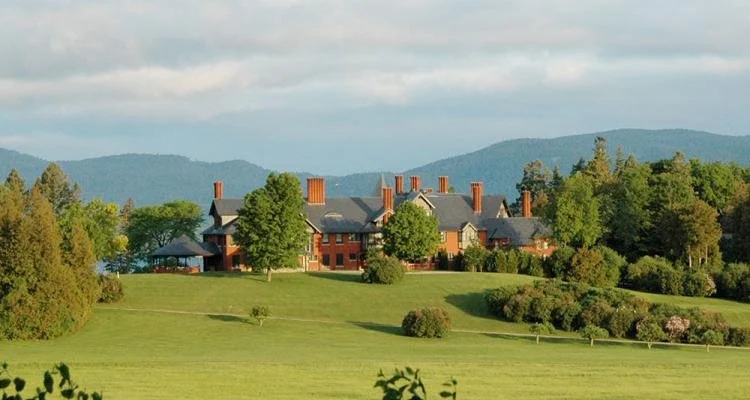Senate bill would lower speeds, expand shoulders for cyclists and pedestrians
A cyclist in Shenandoah National Park. Courtesy National Park Service
Cyclists and pedestrians may soon have a safer time on Vermont roadways as state lawmakers look to improve access to certain highways by lowering speed limits and narrowing lanes to create more shoulder space.
A bill introduced last month, S.64, would focus on bike and pedestrian safety for non-limited access highways — roadways that do not have on- and off-ramps. These include Class 1 and 2 highways in towns and extensions of state highway routes. They do not include Vermont’s four interstates.
Cyclists and advocates of the bill say those roadways aren’t seen as the safest option.
“I've been in a few situations over the last several decades that were a little scary,” said Kevin Bessett, president of the Green Mountain Bicycle Club. “I think more people would possibly ride on these roads if they live close to their work, but only if they were safer.”
In the last five years, there have been 32 fatal crashes involving pedestrians or bicyclists in Vermont, according to data from the state Agency of Transportation. All but one of those incidents occurred on a road that would be subject to the bill.
Under the bill’s proposed policy, state officials would use guidelines set by municipalities as part of their Complete Streets programs to add more space for cyclists and pedestrians on their roads.
“South Burlington’s original Complete Streets policy goes back to the 2011, 2012 timeframe, and our council adopted our comprehensive plan. The last one was in 2016, and we're looking to update it now,” said Erica Quallen, deputy director of capital projects in South Burlington. “Even though they’re several years old, (people) started identifying gaps in our bicycle and pedestrian network that rely on both Class 1and Class 2 town highways, which are referenced in the bill."
Even with the bill’s provisions of lowering speed limits, widening shoulders and marking with signs who can go where, groups and municipalities worry whether it will make roadways safer.
“Some of these roads in a lot of Vermont, especially in the southern end of South Burlington, turn rural pretty quickly,” Quallen said. “And even if a road is posted at a 30 or 35 mph speed limit, that doesn't mean that's how people are going to drive.”
“I think this bill is really cool, and it mentions markings on the pavement along with signage, which I think can be useful, especially for drivers to remind them that cyclists are on the roads,” said Bessett.
A representative of the Agency of Transportation declined to comment on the bill because the agency wasn’t involved with the initiative. Local Motion, one of the state’s most prominent safe streets advocacy groups, also declined to comment.








